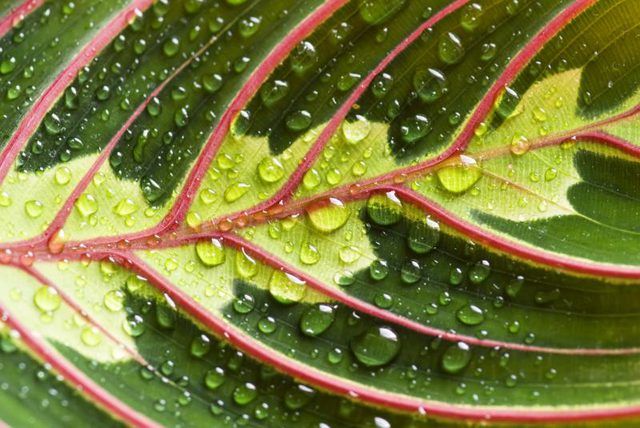Bulbs
Flower Basics
Flower Beds & Specialty Gardens
Flower Garden
Garden Furniture
Garden Gnomes
Garden Seeds
Garden Sheds
Garden Statues
Garden Tools & Supplies
Gardening Basics
Green & Organic
Groundcovers & Vines
Growing Annuals
Growing Basil
Growing Beans
Growing Berries
Growing Blueberries
Growing Cactus
Growing Corn
Growing Cotton
Growing Edibles
Growing Flowers
Growing Garlic
Growing Grapes
Growing Grass
Growing Herbs
Growing Jasmine
Growing Mint
Growing Mushrooms
Orchids
Growing Peanuts
Growing Perennials
Growing Plants
Growing Rosemary
Growing Roses
Growing Strawberries
Growing Sunflowers
Growing Thyme
Growing Tomatoes
Growing Tulips
Growing Vegetables
Herb Basics
Herb Garden
Indoor Growing
Landscaping Basics
Landscaping Patios
Landscaping Plants
Landscaping Shrubs
Landscaping Trees
Landscaping Walks & Pathways
Lawn Basics
Lawn Maintenance
Lawn Mowers
Lawn Ornaments
Lawn Planting
Lawn Tools
Outdoor Growing
Overall Landscape Planning
Pests, Weeds & Problems
Plant Basics
Rock Garden
Rose Garden
Shrubs
Soil
Specialty Gardens
Trees
Vegetable Garden
Yard Maintenance
How to Care for a Prayer Plant
How to Care for a Prayer Plant. Like a child with hands folded in bedtime prayer, the prayer plant (Maranta leuconeura) closes its colorfully variegated leaves when darkness falls. The broad, elliptical leaves reopen in the morning to reveal fishbone-patterned, white and dark-green centers interlaced with reddish veins against a soft green...

Like a child with hands folded in bedtime prayer, the prayer plant (Maranta leuconeura) closes its colorfully variegated leaves when darkness falls. The broad, elliptical leaves reopen in the morning to reveal fishbone-patterned, white and dark-green centers interlaced with reddish veins against a soft green background. Grown as a colorful shade-garden perennial in the subtropical areas of U.S. Department of Agriculture plant hardiness zones 10b through 12, prayer plant is an easy-care houseplant elsewhere.
Fertilizing an Indoor Plant
Indoor prayer plants benefit from fertilizer applications every other week during spring and summer and monthly applications in fall and winter. Add 1/2 teaspoon, or one-half the label's recommended amount, of a water-soluble 20-20-20 formula to 1 gallon of water and pour it evenly around the plant. Replace an ordinary watering session with a fertilizer application.
Fertilizing a Garden Plant
Fertilize an in-ground prayer garden plant in March, June and September with a 12-12-12 general garden fertilizer. A granulated, slow-release formula feeds continuously without burning the roots. For every 10 square feet of soil, broadcast 5 tablespoons of the granules evenly in a circle around the plant and water them lightly into the surface.
Watering, Misting and Leaching
Every prayer plant needs a humid environment with consistently moist soil, but overwatering encourages root rot. Water only when the growing medium or soil starts feeling dry to the touch. Setting an indoor plant pot on a shallow tray of damp pebbles that you moisten from time to time meets its humidity requirements; otherwise, mist it with a fine water spray twice a week. An outdoor plant also benefits from regular misting during hot, dry spells. Once during the summer, take an indoor plant outside and shower it thoroughly with a hose until water drains from the bottom of the container to leach the planting medium of root-burning fertilizer salts.
Knowing When to Prune
After two or three years, a single prayer plant may have a 1-foot spread. Multiple plants may begin trailing over the edges of a shared pot. When a container plant becomes leggy or too wide for its pot, cut it back to the soil line. Use clean, sharp pruning shears disinfected between cuts with a rag dipped in rubbing alcohol. To thin a dense garden plant, cut back its excessive or declining shoots. Pruning indoor or outdoor prayer plants is acceptable at any time of year, and they respond with healthy new growth.
Diseases and Leaf Pests
Other than water-related root rot, disease rarely bothers prayer plants, though spider mites, mealybugs and scale insects may infest those growing indoors. Pinhead-sized spider mites spin fine webs on the plants and cause dry, brown or yellow leaf spots. Waxy white mealybugs and barnacle-shaped scales drain sap and cover the plants with sticky, clear waste. To treat all three, spray the plant with ready-to-use insecticidal soap until all its surfaces drip. Wear protective clothing, safety goggles and waterproof gloves and follow the label directions when working with any insecticide.
Root-Infesting Nematodes
Microscopic, soil-borne southern root knot nematodes (Meloidogy ne incognita) may weaken and yellow an in-ground prayer plant or a houseplant originally grown in infested outdoor soil. In the hottest part of the day, the plant wilts and fails to recover when watered. The only way to diagnose an infestation is to dig up the wilted plant and examine the roots for large swellings holding the pests' developing larvae. These root galls interfere with moisture and nutrient uptake. Chemical pesticides for treating nematodes are unavailable to homeowners. Other control methods that involve killing the nematodes are time-consuming and temporary. They won't save your infested plant, so digging it up and disposing of it is your best option. If you replace it, plant the new one in soil with no history of infestations.